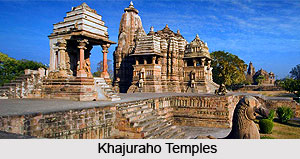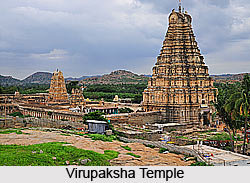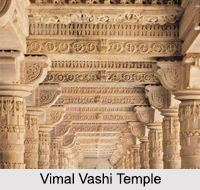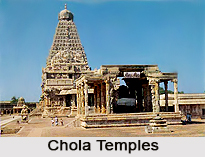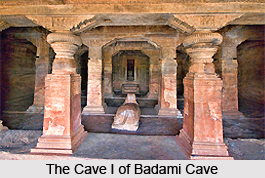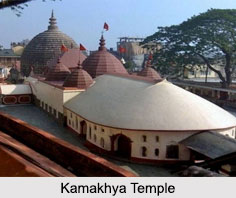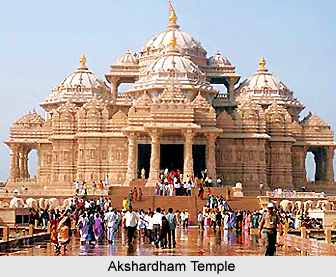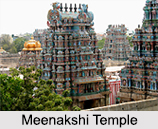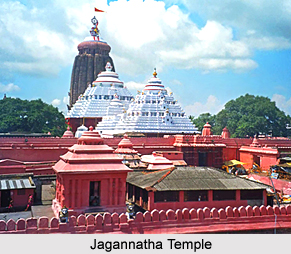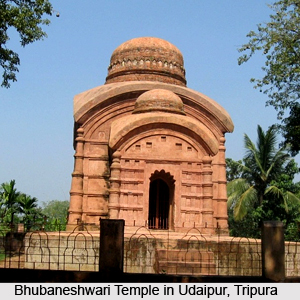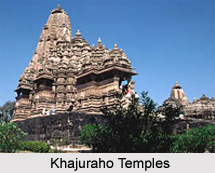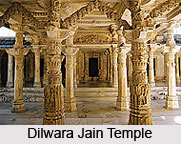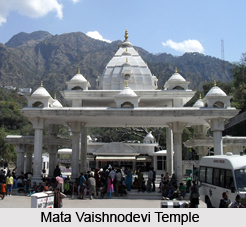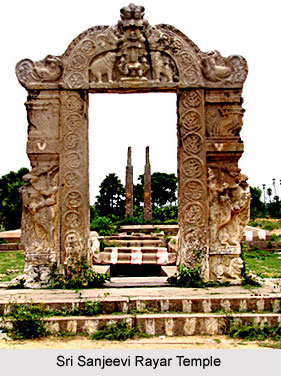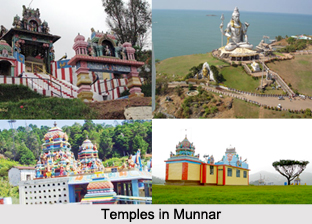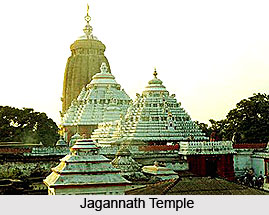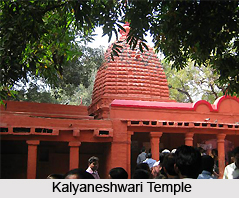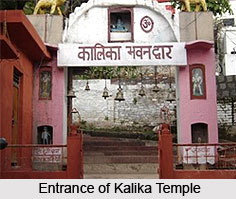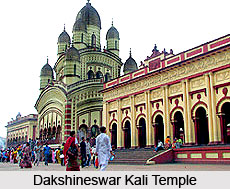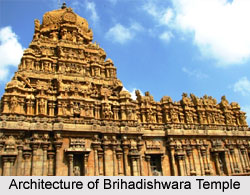Introduction
Naina Devi Temple, one of the revered 51 Shakti Peeths in Hinduism, is a sacred site of
deep devotion in Nainital.
Dedicated to Goddess Naina Devi, the temple is situated at the northern end of
the famous Nainital Lake. The goddess is symbolized by her two eyes in this
holy shrine, where the Shakti
form of Sati is
worshipped. Devotees from distant places visit to seek the blessings of Maa
Naina Devi. Perched atop the Naina hillock near Naini Lake, the temple attracts
thousands of worshippers every year. Originally destroyed by a landslide in
1880, it was later rebuilt.
Mythology Related to Naina Devi Temple
According to mythology, Daksha Prajapati's daughter, Sati, was married to Lord Shiva. However, Daksha disapproved of Shiva but reluctantly agreed to the marriage due to divine insistence. Later, Daksha organized a grand yagya (sacrificial ritual) and invited all the gods, except his son-in-law, Shiva and daughter, Uma (Sati).
Despite the exclusion, Uma insisted on attending the yagya. Upon arrival, she was heartbroken to see all the gods being honored while she and her husband were deliberately disrespected. With grief and anger, she leaped into the yagya’s havan kund (sacred fire), declaring that she would be reborn to marry Shiva again. She also vowed that her sacrifice would render her father’s yagya unsuccessful.
When Shiva learned of Sati’s self-immolation, his fury knew no bounds. In his wrath, he destroyed Daksha’s yagya with the help of his followers. The gods and goddesses, fearing the consequences of Shiva’s rage, prayed to Mahadev to pacify him. Daksha, realizing his mistake, sought forgiveness, and Shiva, in his benevolence, granted it. However, grief-stricken by Sati’s loss, Shiva carried her burnt body on his shoulder and wandered across the sky.
To pacify him, Lord Vishnu used his Sudarshan chakra to
disintegrate Sati’s lifeless body and wherever her body parts fell, Shakti
Peethas were established. It is believed that her eyes fell at the site where
the revered Naina Devi Temple now stands in Nainital. Since then, Goddess Nanda
(Parvati), Shiva’s wife, has
been worshipped here in the form of Naina Devi.
History of Naina Devi Temple
The Naina Devi Temple has historical references dating back
to the Kushana period.
Originally built in the 15th century, the idol of Goddess Naina Devi was
installed in 1842 by a devotee named Moti Ram Shah. However, a devastating
landslide in 1880 completely destroyed the temple. Deeply devoted to the
goddess, the locals rebuilt it in 1883, restoring its spiritual significance.
Attractions Inside Naina Devi Temple
Inside the Naina Devi Temple premises stands a majestic peepul tree, offering shade
and a sense of shelter to visiting devotees. Near the tree is an idol of Lord Hanuman. Within
the temple’s inner sanctum, three sculpted deities are enshrined, with the
central focus being two symbolic eyes representing Goddess Naina Devi. To the
left stands Maa Kali,
while to the right is Lord
Ganesha. The main shrine of Goddess Naina Devi is further safeguarded by
two imposing lion sculptures, symbolizing divine protection.
Festivals in Naina Devi Temple
During Nanda Ashtami, a grand fair is held at the Naina Devi
Temple, drawing an even larger number of devotees who come for darshan and to
seek the blessings of Goddess Naina Devi. The festival lasts for eight days
within the temple premises, culminating in a special ceremony on the final day,
where the idols of Goddess Nanda
Devi and her sister, Goddess Naina Devi, are immersed. The fair, held
alongside the festival, attracts visitors from across the country. Other
significant celebrations at the temple include Navratri, the
Chaitra Fair, and other religious events.
